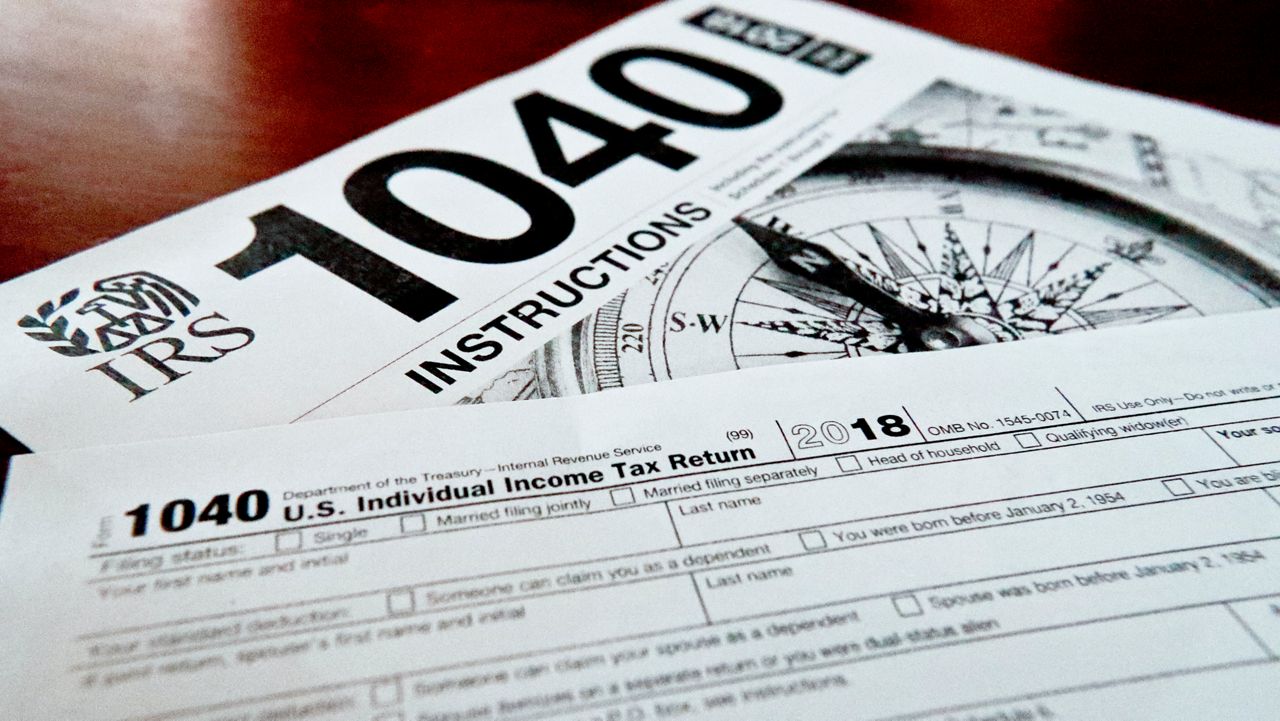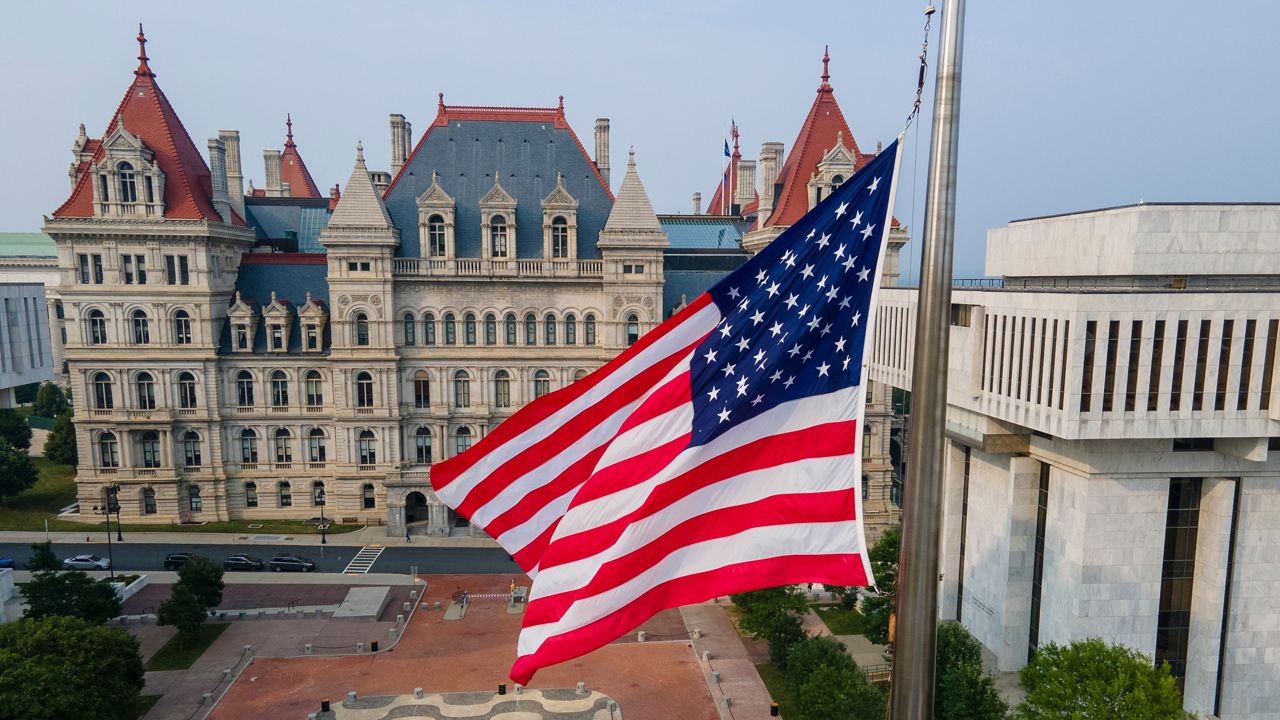How much money will New York City take in next year?
It’s a simple question, and ultimately it has a simple answer: a number with 12 figures.
But making that prediction is a complex process involving dozens of analysts poring over models of the national and local economies. Each year, the mayor’s administration and the City Council, as well as other government offices, put forward their expectations for how the city’s bank account will look.
The predictions can come with significant political consequences. Getting the number right means the city will have enough money to pay for everything it has said it will pay for, which it is legally required to do. Failing to plan for a shortfall can mean sudden cuts and the threat of financial hardship.
This budget season, Mayor Eric Adams’ budget office and the council released competing forecasts that saw the council planning for billions of dollars more in revenue each year, setting up a rhetorical showdown over which arm of government is looking at the right crystal ball.
With Adams planning to cut budgets across city agencies, and the council looking to curb those cuts in light of their own revenue estimates, the wonky world of forecasting is taking on an outsize importance.
“It is in some ways both art and science,” said Ana Champeny, the vice president for research at the Citizens Budget Commission, a fiscal watchdog group. “People don't just sit there and come up with numbers out of the blue. It is based on assumptions. The question is, what are the assumptions, and how conservative you are.”
The forecasters who set predictions for how the city’s economy will look in the coming years — and therefore what kind of revenue it will receive — have to follow both national and local trends to get it right.
New York City gets nearly half its revenue from property taxes and about one-fifth from personal income taxes, meaning that the city’s budget is sensitive to changes in the real estate market and to whether the stock market provides significant returns for residents in the finance industry.
It’s an unusually challenging time in the history of the local economy to pinpoint what revenue could look like, said Frank Braconi, the former chief economist for the city comptroller’s office.
There is good news: The city has replaced nearly all the jobs it lost in the early weeks of the pandemic, and sales from tourism over the past year have been higher than pre-pandemic years, according to a report from the state comptroller.
Yet many economists worry about a possible recession and a crunch in revenue from commercial properties, as waves of layoffs and work-from-home culture keep many Manhattan office buildings relatively empty.
“If you give each year a risk rating, this year would probably be higher than the average,” Braconi said.
Despite all this uncertainty, the forecasters still have a job to do.
Each year, economists in the city’s Office of Management and Budget , the City Council, the city comptroller’s office and the Independent Budget Office all produce different versions of the same predictions: Will local wages grow, and by how much? How will the local inflation rate change? Will Wall Street have an up or down year? Will median rents rise or fall?
The offices follow a similar format, first relying on major financial firms like Moody’s to build equation-heavy models of the national economy, which they often tweak depending on other predictions released by specific trusted economists or reports from federal agencies.
Then, they’ll take the numbers they get from those models — often in the form of enormous spreadsheets — and plug them into models designed to mimic the city’s own, unique economy, which are typically given tweaks and updates each year. Numbers go in and numbers come out, the economists give them a close look, rinse and repeat.
“You don't just take what's spit out of the model,” said Michael Jacobs, the assistant director of economics for the IBO. “You give it a sniff test, and see if it makes sense.”
Some components of the model can be more easily predicted than others. Commercial property leases last a decade or more, making it easier to figure out their future revenue. Financial markets are a different story.
“A joke among city forecasters is that if we could predict Wall Street profits, we wouldn’t be working for the city,” Jacobs said.
The offices almost always get slightly different results, and tend to regard their own projections as the most accurate.
“For our economists, it's not about opining on whether the glass is half empty or half full,” said Councilman Justin Brannan, the chair of the council’s finance committee. “It's really just about being objective.”
One prominent pattern has emerged over the years: The administration typically says it predicts the lowest revenue of the four main forecasting groups, and the council often expects the highest revenue. Economists tend to regard the budget office’s low estimates as a responsible institutional bias born out of the sudden crisis of the bond markets in 1994, which left the city with a large hole in its wallet.
“In an environment of uncertain economic developments, it is smart for OMB to take a cautious approach to revenue,” said James Parrott, a professor of economics at The New School.
Yet since the administration and the council are the two groups that negotiate the budget each year, the pattern has for years fueled accusations of playing politics, Braconi said: Setting low expectations for revenue in its initial financial plans perhaps allows the administration to play stingy when setting spending levels for agencies or union pay scales. The administration will also often revise revenue estimates higher when it releases its second round of budget documents each April.
“I do think there are institutional biases, but I don't think they're motivated by, or at least in my experience, were not motivated by nefarious political maneuvering,” Braconi said.
In an emailed statement, Jonah Allon, a spokesperson for the administration, said that the budget office helps make sure that “the city lives within its means.”
“Forecasts are based on sound data and careful analysis, instead of just hoping for the best-case scenario,” Allon said.
Brannan argued that the council’s own forecasters have, in recent years, been more accurate than the administration in predicting revenue in their first round of budget publications.
“Some people would categorize the council as optimistic. I just think we're being realistic,” Brannan said. “The money is the money, right?”
Where everyone agrees, for the most part, is that the city needs serious money from the state and federal governments to cover the cost of providing for waves of new migrants, and without that is likely facing gaps in the billions of dollars between its spending needs and expected revenue three, four and five years down the line.
Now, budget negotiations are entering their final stretch ahead of the end of the fiscal year on June 31. On Wednesday, the administration released its second round of budget documents, with updates on spending that reflect newly required cuts and projected labor costs.
The new plan also included a change in revenue forecasts: OMB expects taxes to grow by an additional $2.1 billion in the current fiscal year, and by $2.3 billion in the next fiscal year.
The change appeared to vindicate the council’s finance division: Brannan tweeted shortly after that the division’s economists were “currently blasting We Are The Champions.”
Ray Majewski and @NYCCouncil economists currently blasting We Are The Champions. These guys do not miss.
— Justin Brannan (@JustinBrannan) April 26, 2023









